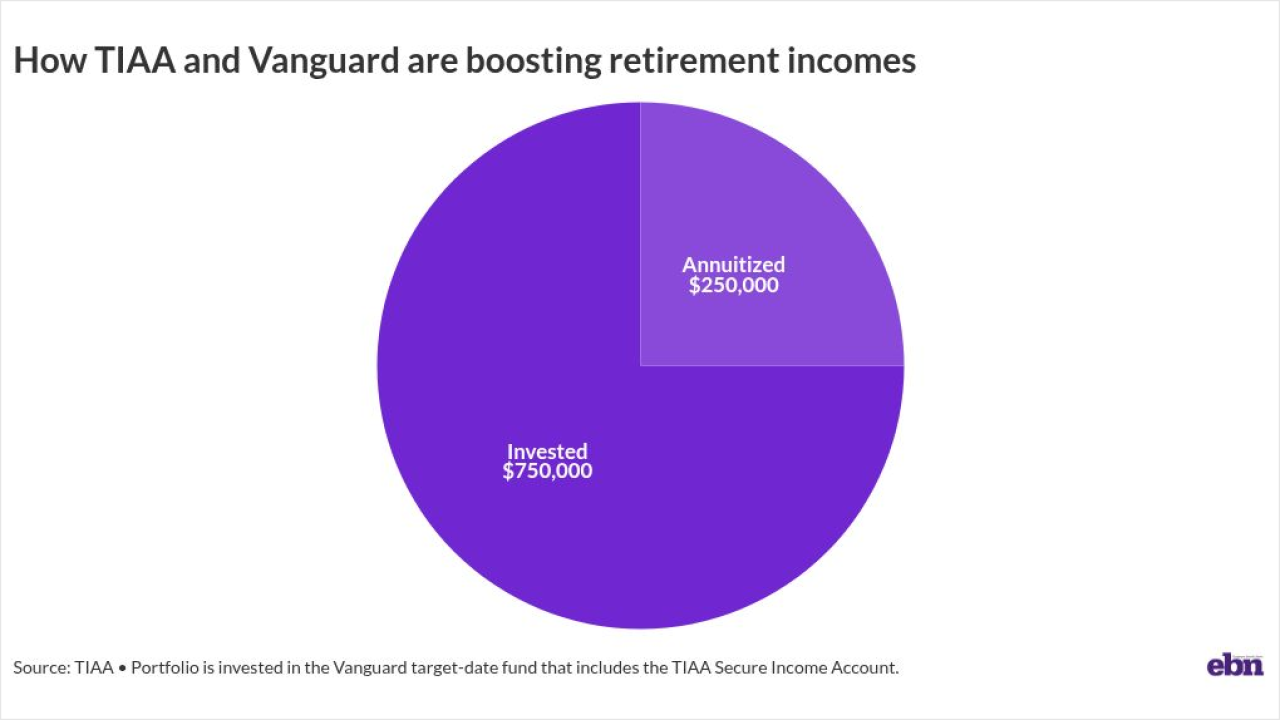Returning a serve is quite possibly one of the most important shots in tennis. You may not have control over the location, trajectory or speed of the ball coming from your opponent, but there are some things you can do to take control of the game. This analogy easily can be applied to the
As specialty drugs, treatments and prescription medications continue to increase in cost, brokers and advisers have worked hard to create solutions for employers and their employees. Recently, pharmaceutical companies have
Many people are struggling to afford essential medications that fight infection, decrease inflammation or treat life-threatening conditions. A recent
Read more:
Others may have treatments that are out of reach. While gene therapy drugs have shown varying efficacy in treating various conditions, including rare diseases, they can come with costly price tags. For example, Zynteglo, a stem cell-based gene therapy used to treat a genetic blood disorder, helped prevent blood transfusions in nine out of 10 people over 12 months in clinical trials. Now here's the rub: It comes at a list price of $2.8 million, placing it on the top 5 most expensive medications in the U.S. Hemgenix comes in at No. 1 with a cost of about $3.5 million — per dose!
A big part of the pharmaceutical industry is researching, producing and marketing drugs used to treat medical conditions. The R&D tax credit, introduced in 1981 to stimulate innovation within American businesses and encourage investment within the U.S., provides subsidies to companies that attempt to innovate and grow. Pharmaceutical companies can apply for these tax credits to help fund research and development efforts, yet medications are still priced exceedingly high.
Also, under current law, tax deductions are granted for pharmaceutical company's marketing and advertising expenses. A study from the
Read more:
In that same period, drug company advertising soared to 4.6 million ads from 79,000 ads, a staggering increase. Direct-to-consumer advertising may encourage people to ask for medications they don't need. A recent
It's time to adjust the racket and change the trajectory of the ball.
No single consultant or agency has the ability
Managing any change comes with a strong strategy. Changing the focus from disease management to preventative promotion could help change how healthcare is managed. It seems that putting someone through a prevention program 10 years ago was expensive, and simply paying for the medication and ensuring compliance was cheaper. This created a system focused on treating illness instead of promoting health. Today, preventative efforts could produce significant results.
Read more:
A study from the
Pharmaceutical companies have a loud voice. Ours needs to be louder! Using pooled resources, expertise and a wide range of perspectives, brokers and advisers who are in a position to create meaningful change can create a louder voice. We must do what we can to combat high pharmaceutical costs because the current price of life-changing medications is not sustainable.
This is not a call to stop innovation. It's an attempt to make it fair and affordable for the American public. Most producers, business owners and scientists agree: the main goal is to provide treatments and medications for those suffering from complex, rare and chronic conditions.
Change can be messy and challenging — but it is necessary to reshape the future. In the game of tennis, returning a serve is one of the hardest shots to get back onto the court. Right now, the ball is in our court, and we need to step in and send it back in a way that will create a significant impact.






